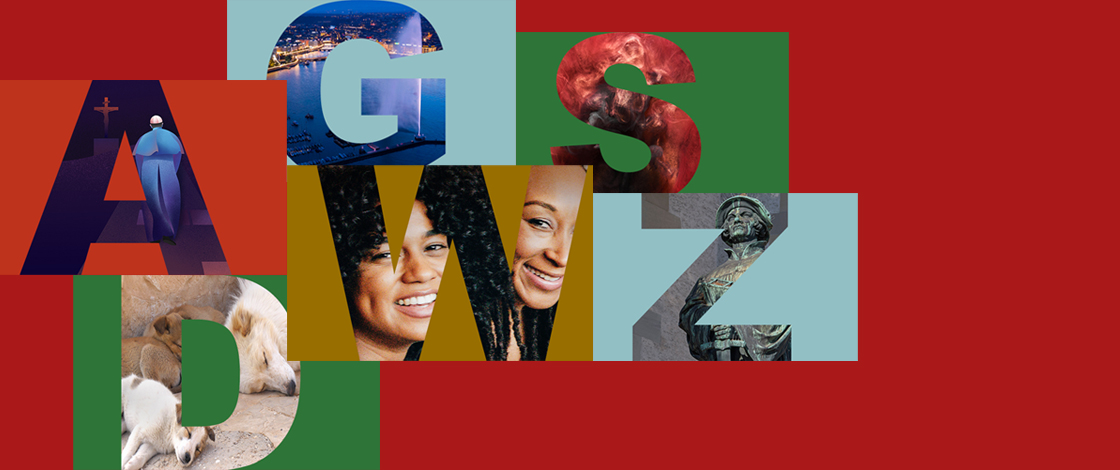I–P, Iconoclasm–Prophezey
The A–Z of the Swiss Reformation
Inspiring and fascinating facts from ADRIAN to ZWINGLI
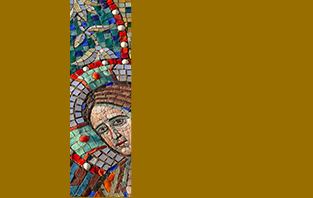
Iconoclasm.
Protestants distrust images because, as great readers of the Bible, they remember the Second Commandment, which states: “You shall not make for yourself an idol and you shall not bow down to them or worship them.” At the beginning of the 16th century, Christians revered images of the saviour and the saints. The reformers saw this as superstition and destroyed the images as a means of restoring the direct connection between God and humanity.
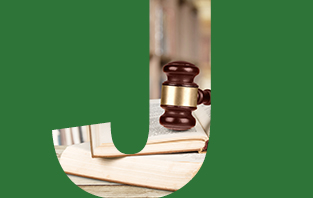
Justification.
Protestants are pessimists: They do not believe that human action can play a part in receiving God’s grace. One can only be “right” with God through one’s faith. This is the fundamental creed of the Reformation, taken from Paul and Saint Augustine. The only penitence that remains permitted is self-chastisement at believing that one’s penitence serves any purpose in the first place. One can only profit from faith if one relinquishes any claim that it in fact can be of profit.
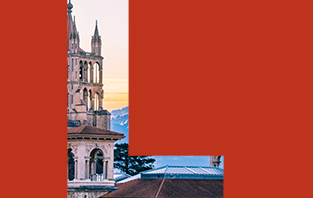
Lausanne.
Conquered by Bern in 1536, the capital of Vaud joined the Reformation that same year. The town was the site of the first school of Protestant theology in the French language. The reformer Pierre Viret (1511–1571) played a significant role there as a professor for over 10 years. Some of his writings are viewed as being on a par with those of Rabelais.
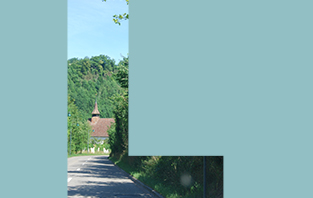
Leuenberg.
In 1973, an accord was signed between Reformed and Lutheran Christians at a location not far from Basel, putting an end to the disagreements that arose in the 16th century, dealing in particular with the topics of the Lord’s Supper and predestination. The signatories admitted that their age-old opposition was conditioned by different cultural approaches and that, fundamentally, their faith is the same. The Leuenberg Agreement prohibits any attempt at understanding how God works, whether that refers to the presence of Christ in the bread and the wine of the Last Supper, or to how God acts with regard to who is to be saved and who condemned. As Calvin replied, when asked what God was doing before the creation of the world: “God was building hell for the curious.”
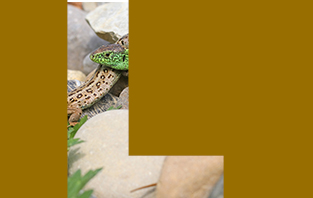
Lizard.
“Two other Frenchmen and I were lost in the woods, in danger of being devoured by a large and dreadful lizard; we had also endured great hunger for the two days and one night that we remained lost: we finally found our way to a village called Javo, where we had been once before. We could not have been better received than we were by the primitive people who lived in that place.” This story was told by the French-Swiss pastor Jean de Léry (1536–1613), in an extract from his Histoire d’un Voyage fait en la terre du Brésil (History of a Journey in the Land of Brazil,), published in 1552, which the celebrated French philosopher Claude Lévi-Strauss considered to be a masterpiece of ethnographic literature.
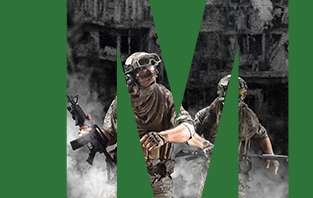
Mercenaries.
The Swiss reformers fought against mercenary service. The map of the Reformation reflects the distribution of mercenaries in that the more each local economy depended upon it, the less the Reformation succeeded there. After serving as chaplain to the Swiss mercenaries at Marignano in 1515, Zwingli returned in a very distressed state and declared in his first sermon at Glarus: “Is war anything other than mass murder? Why should we hand over our young people to this horror?”
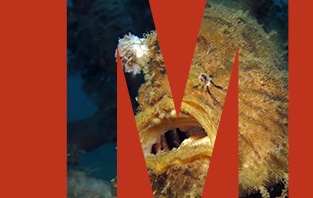
Monster.
“The sea monk was caught together with herrings four miles from Copenhagen. It was the length of four half arm lengths. Its head was rather small, round and whitish, surrounded by a small black circle like that of a newly-shaven monk. Its face had a human look and was black, with eyes that were hard and horrible, and a hostile appearance. Out of his back came two round fins with a pointed end, which looked like two arms.” This description is of a monk seal caught off the coast of Denmark in 1546 and was provided by the Swiss theologian Rudolf Wirth to presage the Catholic loss of identity after the Reformation. He was the younger brother of a companion of Zwingli who was killed together with him in the Second War of Kappel.
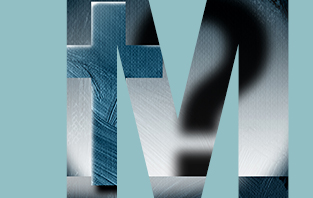
Mystery.
For the majority of reformers, God was too great and too mysterious for us to be able to claim anything about him that he did not reveal to us himself. They did not however believe that the Holy Spirit endowed us with new revelations, as others have. For them, the Bible alone revealed everything that humanity needed to know about God.
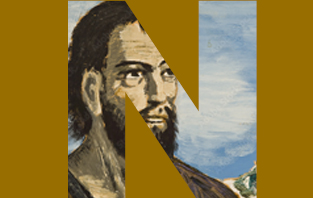
Nicholas of Flüe.
Nicholas of Flüe (1417–1487) dreamed of a horse eating a lily. The animal, symbolising human activity devoured the flower as an image of spiritual purity. This vision convinced Flüe to retire from active life in which, despite his illiteracy, he served as a judge in his canton after having been a soldier. He left his wife and his ten children to meditate in a hermit’s cell in central Switzerland for a period of 19 years. He was inspired in particular by the teachings of Tauler and his “Friends of God”. He no longer took any food other than the host of the Holy Eucharist. People sought his advice in times of crisis, and his interventions made him a founding father of the Pax Helvetica. Nicholas of Flüe was a leading figure in the Reformation of the Late Middle Ages. Zwingli was inspired by him in his fight against mercenary activities of Switzerland. He was canonised as a saint by the Roman Catholic Church in 1947 and the great Protestant theologian from Basel, Karl Barth, also recognised his importance to the identity of Switzerland.
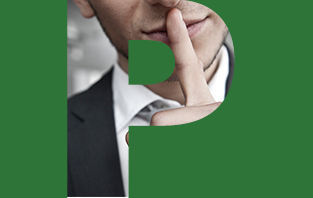
Paradox.
Zwingli adored music and yet banned singing from the church. He supported the politics of Pope Leo X and yet broke with the Roman Catholic Church. As a priest, he swore like a sailor, yet as a theologian his language was lucid and elegant. He took on the peaceable attitude of Erasmus and yet promoted the use of war through the end of his life. He was a strong supporter of the Swiss Confederation, yet passionate about European politics.
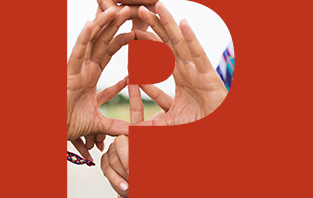
Peace.
Religious peace in Switzerland is no myth. The cantons are autonomous in religious matters, and after 1531, following the Second War of Kappel, which Zwingli did not survive, an accord was agreed upon among Switzerland’s thirteen Catholic and Reformed cantons. This was to have a lasting influence on the very identity of the country, with each canton able to maintain its own confession, and thus prohibited from intervening in the doctrinal affairs of its neighbours. Minority denominations were tolerated and even sometimes invited to use the churches of the majority community.
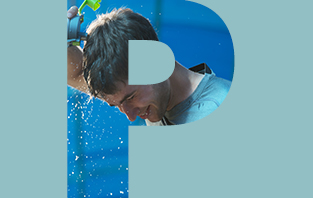
Perspiration.
Luther on Zwingli’s Swiss German: “One would first break a sweat before understanding him.”
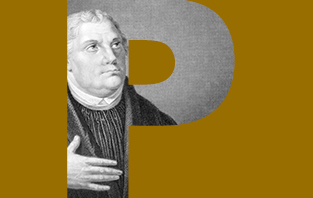
Portraits.
More than 500 portraits were produced during Luther’s lifetime, who remains the most often depicted figure in German history to this day. Pictures of Zwingli were painted but three times during his life. He feared the cult of images like the plague, beginning with what could happen to his portraits after his death. Calvin, for his part, demanded that he be buried in a mass grave so that nobody would pay reverence to his tomb in contradiction to his radical criticism of the cult of relics. Today, his alleged tomb in Geneva lies right next to that of a writer who earned her living from poetry and prostitution.
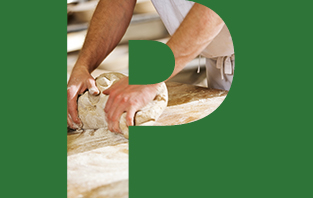
Professions.
The Protestants who sought refuge in Geneva as the result of being persecuted in the early days of the Reformation in France worked as armourers, wool combers, shoemakers, bakers, cloth makers, moulders, booksellers, carpenters, goldsmiths, watchmakers, locksmiths, tailors, weavers, coopers and travelling entertainers.
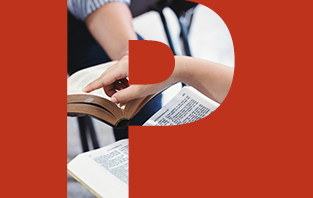
Prophezey
Each day, Zwingli organised lessons for people to study the Bible in its original languages (Hebrew and Greek), and to learn to interpret and explain scripture. These meetings were given the name “Prophezey” and ended each day with a sermon. This culminated in the publication of a Bible in the local Zurich dialect in 1531, three years before Luther would complete the publication of his translation into High German.
